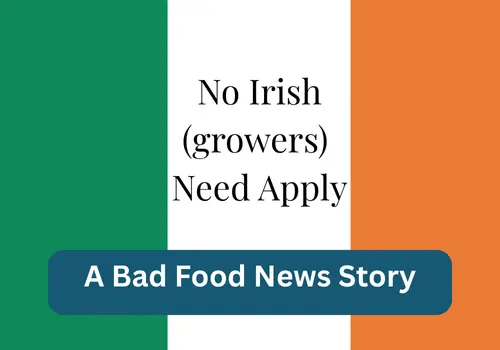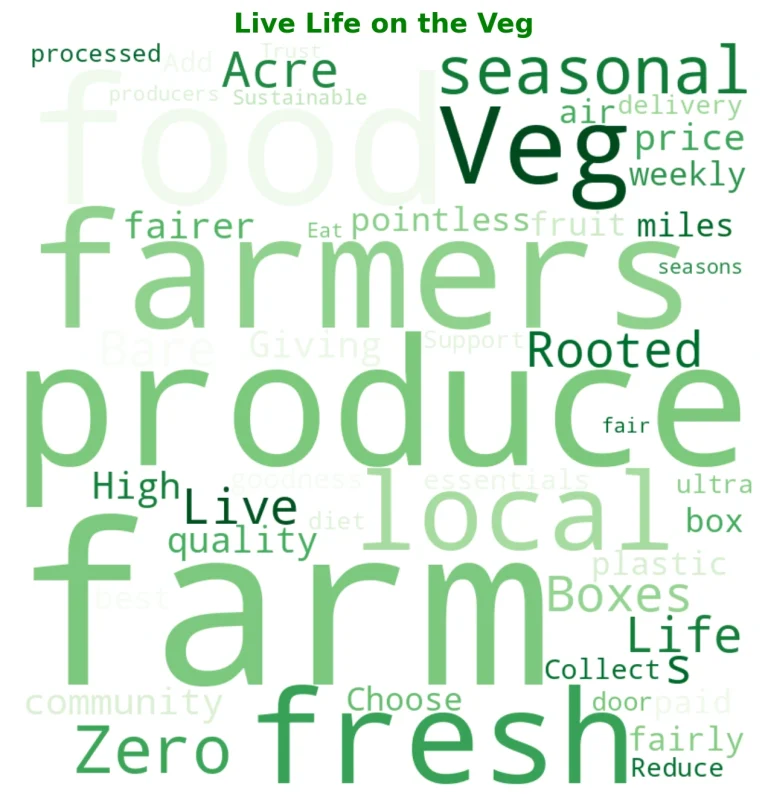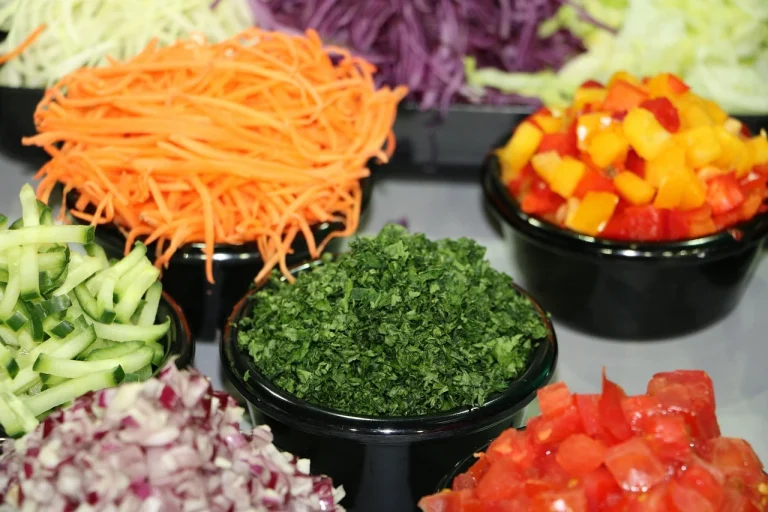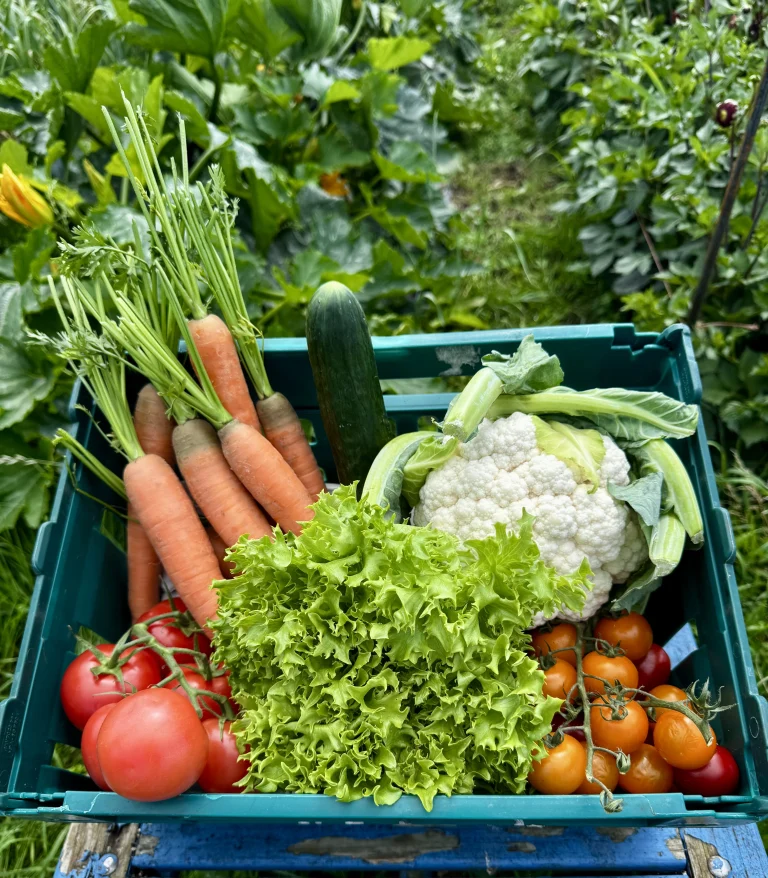There is a lot of misinformation about why Irish-grown produce doesn’t make it onto supermarket shelves. We’re told that Irish vegetables aren’t good enough quality, that our growers can’t supply year-round, or that certain crops can’t be grown here at all.
And yet, look to the Netherlands — in the very same hardiness zone as Ireland, with the same daylight hours — and you’ll hear endless praise for their ability to supply what Irish farmers supposedly cannot. Why?
It’s not the soil. Much of the Netherlands is reclaimed polder clay — heavy, wet, and prone to waterlogging — or coarse, sandy soils too poor for veg. Dutch growers long ago moved into soilless systems, with roots in rockwool or coir instead of earth. Irish soils by contrast are naturally fertile and perfectly suited to roots, brassicas, and field veg. By nature alone, we should have the advantage.
So why are Dutch growers thriving while Irish growers wither? A big part is support. Dutch farmers benefit from Rabobank — a co-operative bank built for agriculture — and a state that treats horticulture as a strategic industry. Loans are underwritten, glasshouse expansion and innovation are funded, and transition to greener energy is actively financed. EU funds are channelled effectively into the sector. In Ireland, horticulture is left to the commercial banks, where it is seen as risky and low-margin. There’s no Rabobank equivalent, and no serious state-backed scheme to modernise. Successive Irish governments, instead of protecting our once-vibrant veg industry, have presided over its slow decline.
But even finance and government policy aren’t the whole story. The Dutch have another advantage — one that has nothing to do with soil or skill. It’s geography. Their glasshouses sit beside Europe’s biggest port at Rotterdam and within easy reach of Schiphol Airport. That makes the Netherlands a logistics dream: cold-chain links, re-export hubs, and buyers on the doorstep. Rotterdam is more than a port — it is a purpose-built food hub, with quays designed for refrigerated cargo and direct access to every corner of Europe. The Westland glasshouse region grew up precisely because of that proximity.
Clustered in Bleiswijk are the global distributors: Dole, Frutos Tropicales Europe, GreenGoose, Bleiswijk Trading Company, Del Monte, Med Green Import and Total Produce all operate there. This is where fruit and vegetables don’t just pass through — they are handled, sorted, treated, and often artificially ripened before they ever see a supermarket shelf. The system is designed to keep food looking “fresh” long after it’s been harvested, but every day in storage and every chemical treatment takes something away. The vitamins diminish, the sugars flatten, the flavour dulls. What should be live food becomes shelf-stable product.
That’s the trade-off: shelf life is extended, but food value is stripped. By the time a tomato or pepper gets from a Dutch glasshouse, through a Bleiswijk ripening room, onto a lorry, and across the sea to Ireland, what arrives isn’t the same as what was harvested. It looks perfect under the lights of the supermarket, but much of the taste and nutrition has already been bled out in the cold-chain. What’s left is nutrient-poor green muck — cheap for the retailer, profitable for the distributor, but a poor bargain for the eater.
And that’s why Irish growers, who can cut and sell within hours, are excluded. They can’t play the long-game of shelf-stable produce that keeps the system running. Fresh food, truly fresh, doesn’t suit a logistics model built around global movement and maximum margin.
So when supermarkets tell us Irish produce isn’t good enough, or can’t supply year-round, it’s pure nonsense. The truth is the system is built to exclude Irish growers and to operate on long supply chains where logistics matter more than freshness or flavour. Produce that has travelled loses the best of itself in the cold-chain, and the price is paid here at home, where growers switch off the lights because they’ve no route to market and can’t possibly compete with loss-leading import prices.
The supermarket model is built for low-cost, high-margin produce. Taste, nutrition, and freshness don’t count. Cheap food is never really cheap — someone always pays — and for too long that has been the Irish grower.
In our view, the only sustainable way left for Irish vegetable farmers to survive is on the home market where there is a strong understanding of the superior quality and flavour of Irish Grown. With supermarkets marginalising them, that means going direct to the Irish consumer — through farm shops, local markets, and food hubs. It’s slower, harder work than sending pallets into a central depot, but it is also the only route that has the potential to keep Irish fields producing food and importantly, keeping essential skills alive, and flavour on your table.
If Irish people want Irish food, they will need to choose it and support it and if that is not from supermarket shelves then it will need to be directly from the farms that still fight to grow it.



